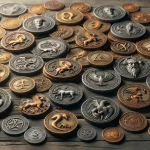The History and Evolution of Coin Minting
From Ancient Ingenuity to Modern Masterpieces
The journey of coin minting is nothing short of a time machine—one that takes us from the bustling marketplaces of ancient empires to the cutting-edge factories of today. Did you know that some of the first coins, dating back to 600 BCE in Lydia (modern-day Turkey), were crafted from a naturally occurring blend of gold and silver called electrum? Imagine holding a piece of currency made by artisans who shaped history itself. These weren’t just money—they were symbols of power, culture, and innovation.
Early minting was no easy feat. Coins were hand-struck, hammered one at a time onto engraved molds. Picture it: a craftsman hunched over molten metal, each swing of their hammer breathing life into currency. Over centuries, improvements came in leaps and bounds.
- The Greeks introduced intricate designs that celebrated their gods and heroes.
- Romans brought standardization, ensuring consistency across their vast empire.
- The Renaissance added artistic flair, making coins miniature works of art.
This evolution wasn’t just about technology; it was about storytelling. Each coin tells a tale of its era, brimming with clues about the values, struggles, and triumphs of the people who made it. Truly, the history of minting is a living, spinning testament to human progress.
Revolutions in Coin Production Through the Ages
Fast forward to the Middle Ages, and minting saw an upgrade that changed the game: the screw press. No more hammers swinging wildly—this mechanical marvel allowed for more uniform and detailed coins. Then came the Industrial Revolution, and with it, the steam-powered coining press, a beast of engineering that could churn out thousands of coins in hours instead of days.
One fascinating leap was the transition to using precious metals sparingly. Once, coins made entirely of silver or gold dominated. But as economies grew, these treasures became impractical. Enter the era of alloys! Copper, nickel, and zinc stepped in, making coins more durable and accessible while reflective of their era’s ingenuity.
Every shift in minting reflects larger societal changes—wars, technological advances, economic shifts. And yet, through all this evolution, the core idea remains: a coin isn’t just a form of payment. It’s art; it’s history you can hold in your hands.
Modern Coin Minting Techniques and Innovations
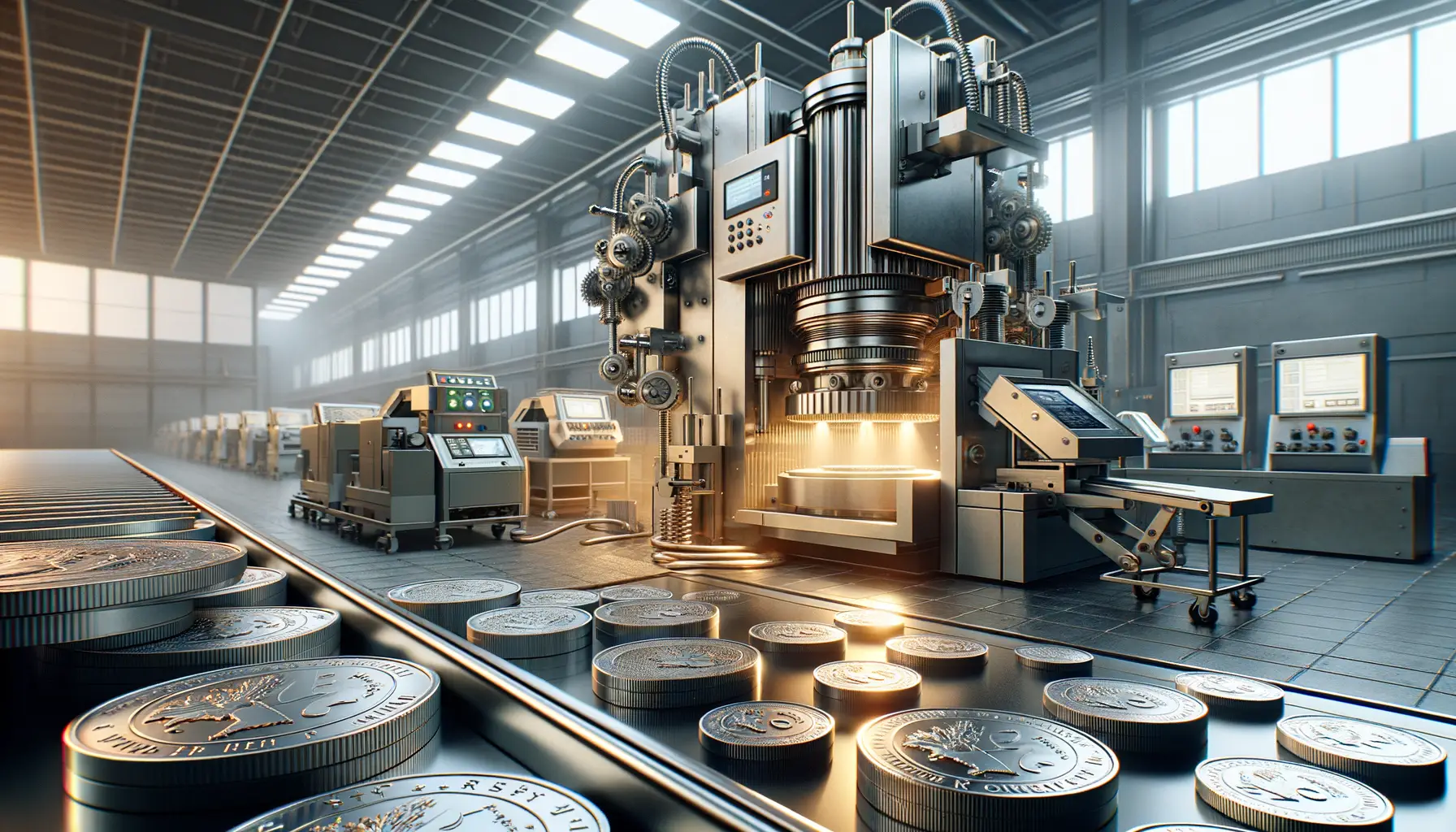
The Precision and Passion Behind Modern Coin Crafting
Step into the world of modern coin minting, where centuries-old craftsmanship dances hand in hand with cutting-edge technology. It’s no longer just about striking metal; it’s artistry fused with science. Today, mints employ groundbreaking techniques that feel almost like alchemy—transforming raw materials into gleaming symbols of history and culture.
One fascinating innovation is the use of laser engraving. This allows for intricate details so sharp they almost feel alive. Imagine holding a coin where each strand of hair or tiny feather is vividly etched, almost inviting you to trace it with your fingertips. And let’s not forget multi-metal layering, a technique that blends contrasting metals into one harmonious design. Gold, silver, and even titanium can now coexist on a single surface, casting mesmerizing reflections under light.
- Holographic finishes that shimmer as they catch the eye.
- Advanced anti-counterfeit features like micro-text and hidden codes.
But here’s the heart of it: every glimmering coin starts with an artist’s vision. The tools may have evolved, but the soul of minting—turning dreams into treasures—remains timeless.
The Role of Technology in Shaping Coin Production
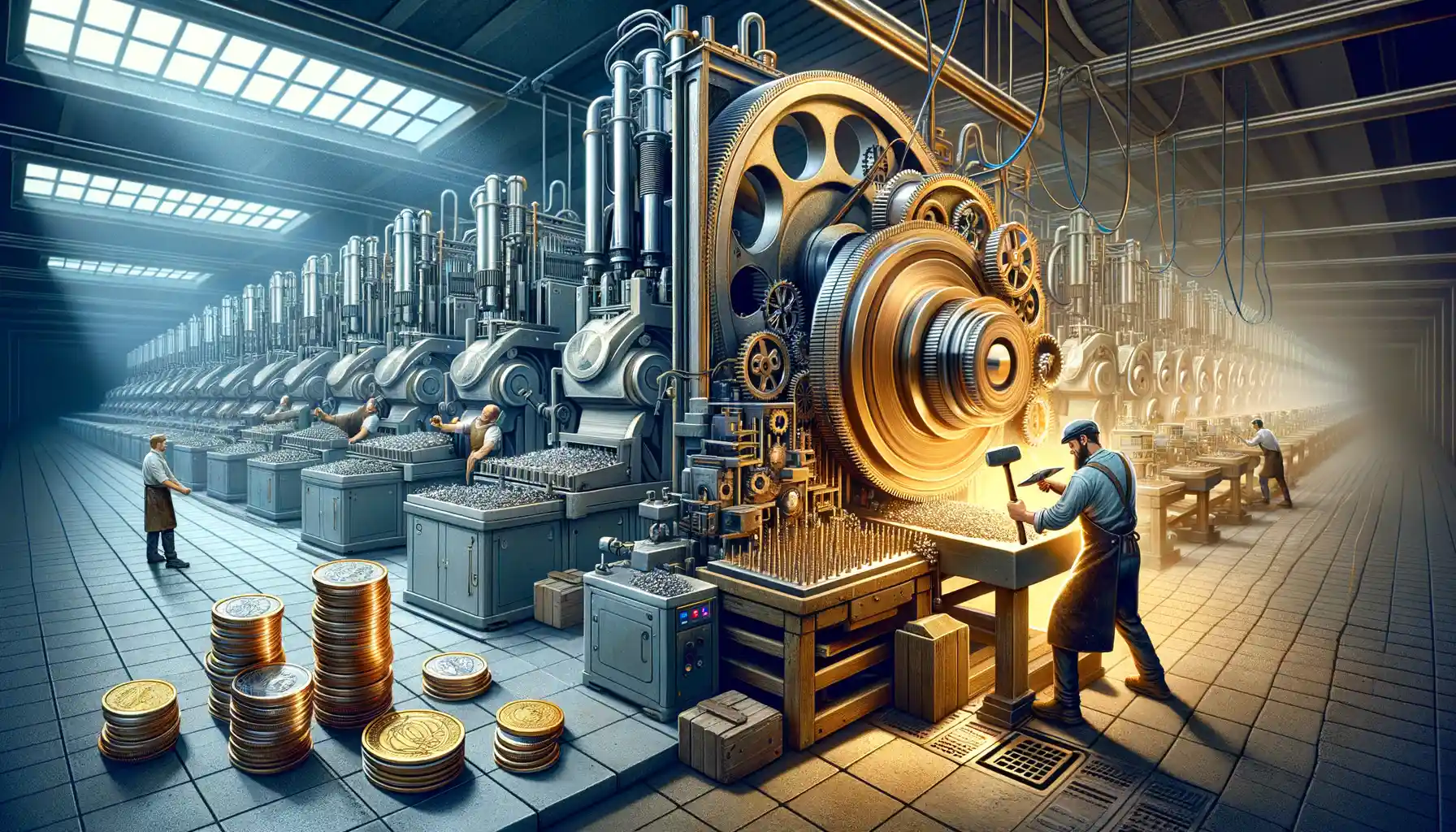
Transforming Ancient Craftsmanship with Cutting-Edge Tools
Coin production, once an art performed by strong arms wielding hammers and chisels, is now a dazzling fusion of tradition and technology. Imagine the intense precision of laser engraving, creating patterns so intricate they could rival the finest lacework—this isn’t science fiction; it’s today’s minting reality!
Thanks to advancements in computer-aided design (CAD), engravers no longer rely solely on hand-drawn sketches. Instead, coins are first visualized as 3D models, offering near-perfect accuracy before the first die is even produced. It’s like trying on a custom-tailored suit in virtual reality before the fabric gets cut!
- Automated presses, capable of striking up to 750 coins per minute, have replaced manual techniques—imagine producing the same quantity in seconds that would’ve once taken weeks.
- Nanotechnology is even lending a hand, allowing mints to create invisible security features, transforming coins into miniature Fort Knoxes of safety.
Breathing Life into Precious Metals
But technology isn’t just about speed or security—it’s also an artist. Take augmented reality (AR), for example: Some modern collectible coins come with AR apps that reveal hidden stories or interactive designs when scanned. Coins today aren’t merely currency; they’re storytellers, blending innovation with artistry in their crafted surfaces.
It’s astonishing how far we’ve come from hammer blows to lasers weaving their metallic magic, isn’t it?
Collectible Coins and Their Artistic Significance
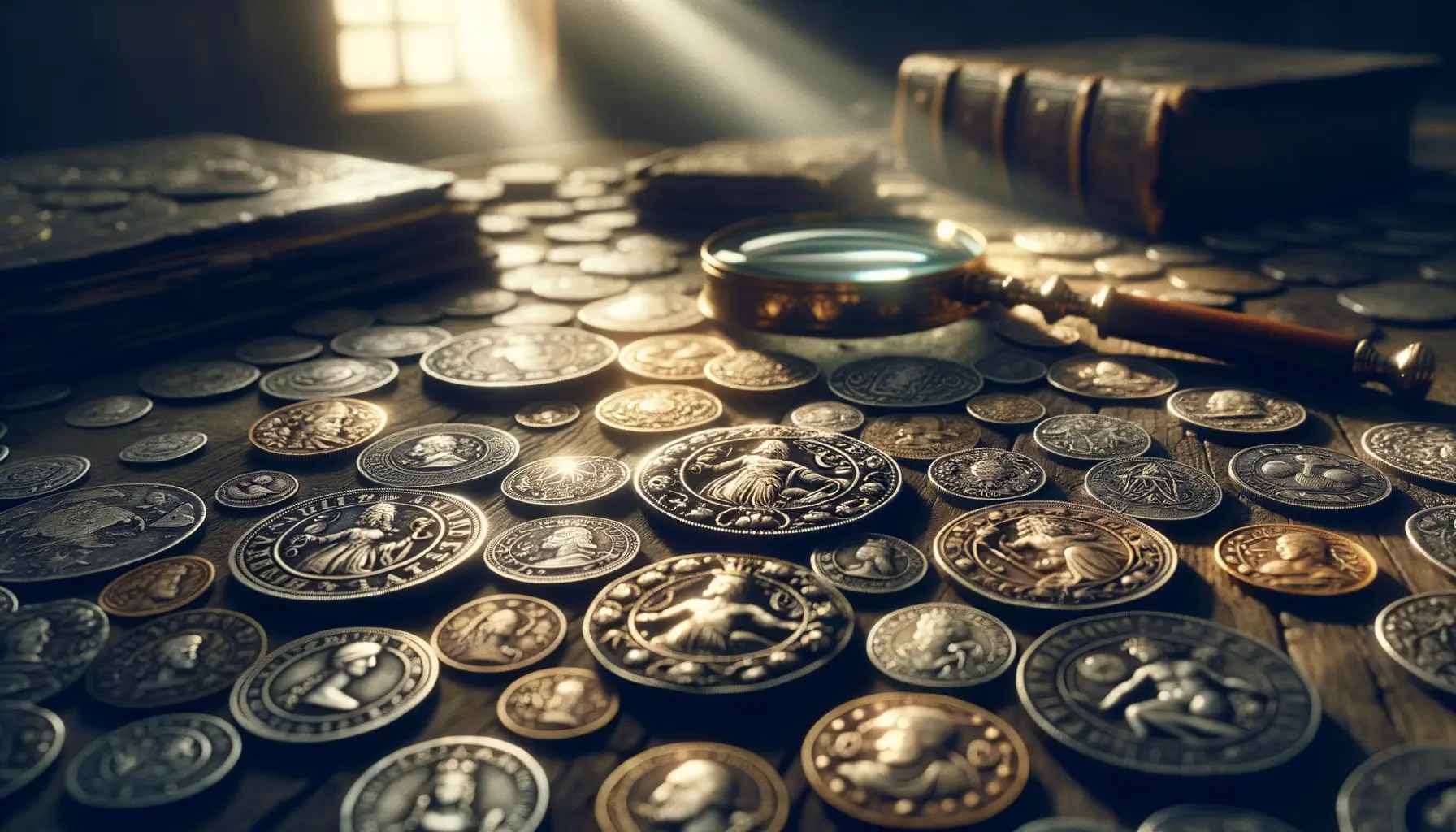
The Intersection of Craftsmanship and Storytelling
Picture this: a tiny, glimmering canvas that tells stories of empires, revolutions, and cultures—this is the world of collectible coins. Each coin is more than currency; it’s an artistic time capsule. From the intricate portraits of monarchs to the symbolic animals etched into metal, these designs are a testament to human creativity.
Take, for example, the famous 1913 Liberty Head Nickel. Its rarity is just part of the appeal; the craftsmanship leaps out at you, every curve and detail whispering tales of the past. It’s not just about value—it’s about holding history in your palm.
- Vivid imagery: Think of the vibrant maple leaves on Canada’s Gold Maple Leaf Coin.
- Cultural nods: Peru’s coins celebrating Inca heritage.
- Modern twists: The futuristic beauty of the Australian Opal Lunar Series.
These are miniature masterpieces, crafted by skilled engravers whose work rivals that of gallery-showcased artists. Collectible coins remind us of the beauty in the small things—the hidden treasures we can carry in our pockets or display with pride.
Why We Can’t Resist Their Allure
There’s something undeniably intimate about owning a coin that has traveled through time, bridging the gap between generations. For many, collectible coins ignite nostalgia or satisfy a love for beauty wrapped in symbolism.
Take the Korean Chiwoo Cheonwang series—its fierce warrior design strikes at the heart of legend and lore. Or consider the playful modernity of Disney-themed releases, merging numismatics with pop culture in the most delightful way. And let’s not forget nature-lovers, who cherish coins like Poland’s Bison Portrait, where every detail feels alive.
It’s not just collecting; it’s curating memories, culture, and art. These coins prove that sometimes, the smallest things leave the biggest impressions.
Future Trends in the World of Coin Minting
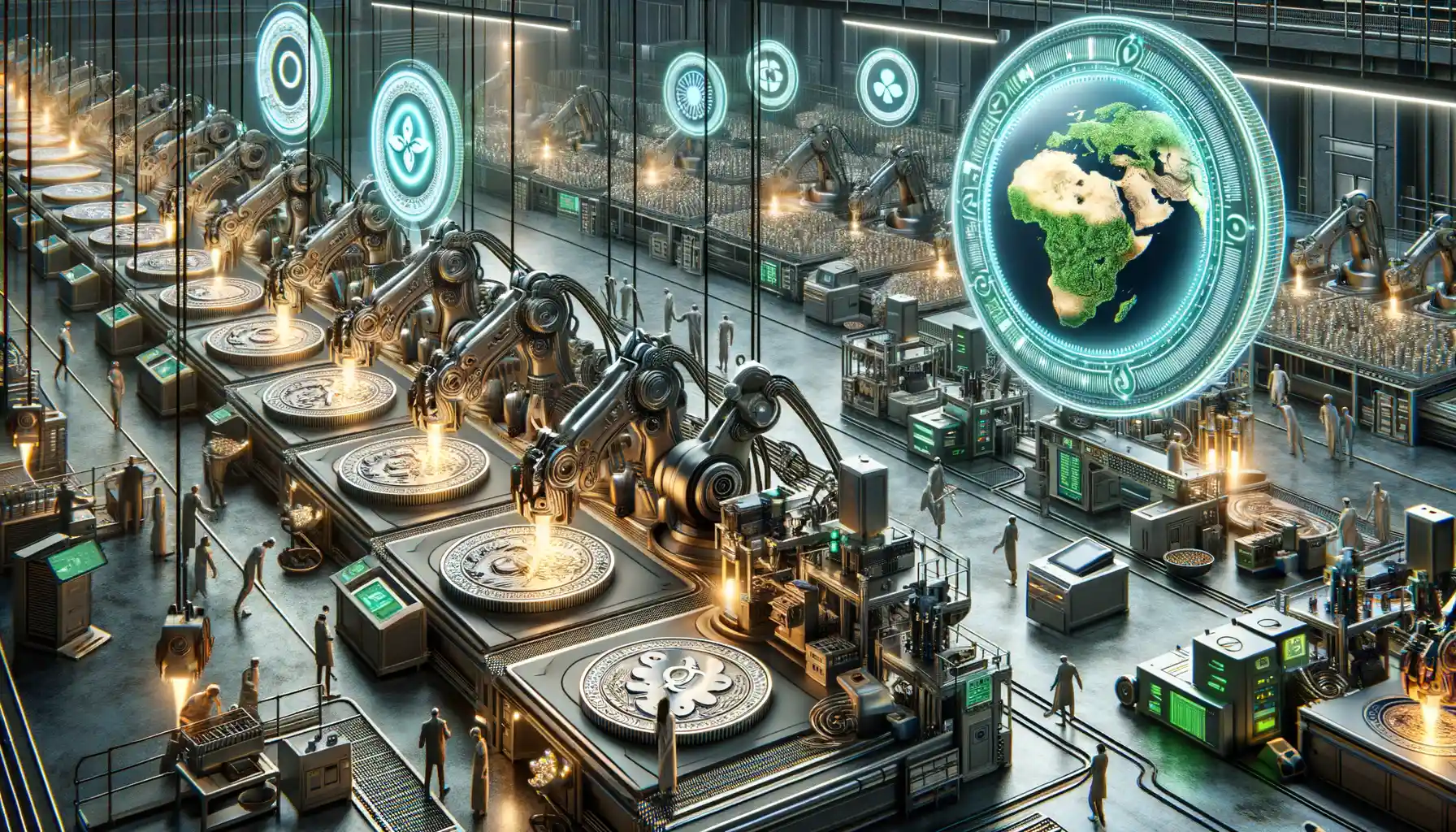
The Fusion of Art and Technology
What lies ahead in the world of coin minting? The future is a dazzling interplay of cutting-edge technology and meticulous craftsmanship. Imagine coins that glow in the dark—yes, really—or designs so intricate they seem to leap off the surface. As laser engraving and advanced 3D printing take the stage, artists can now imprint their boldest ideas onto metal canvases with precision unheard of just a decade ago.
But it’s not all about machinery. There’s a growing trend toward using coins as digital passports. Picture this: a physical coin embedded with a microchip that connects to NFTs or unlocks exclusive content in the digital world. It’s no longer “just a collectible”; it’s a portal to new experiences.
- Augmented Reality Coins: Scan them with your phone and watch the design come to life through AR animations.
- Sustainable Coinage: Minted from recycled metals or bioplastics to reduce environmental impact while telling eco-conscious stories.
Every trend points to one undeniable fact: the future of coin minting is where innovation meets imagination, with every piece carrying a story as unique as its owner.




